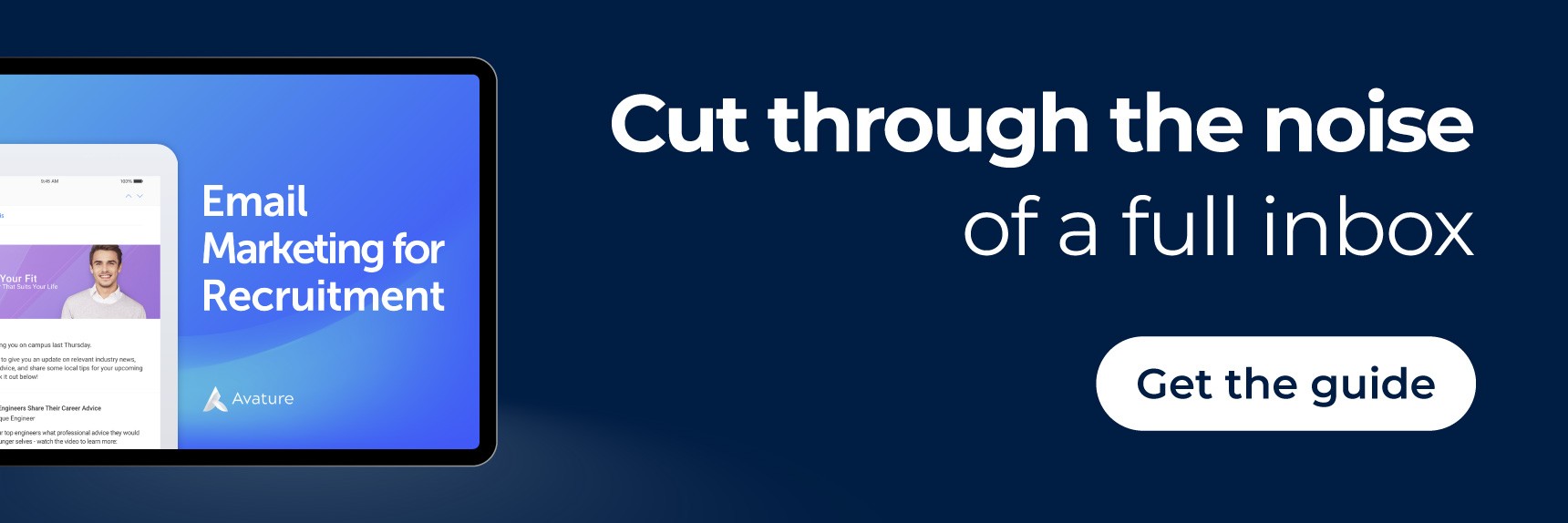One of the toughest challenges tennis stars face is adapting their game to a variety of conditions. This means that top players are constantly adding new shots to their repertoire so they can flourish in all environments.
Similarly, to thrive in a fast-moving and ever-changing market for talent, modern recruiters must cherry-pick skills more typically associated with other industries. This evolution of recruitment has led to a new, multi-faceted breed of recruiter equipped with not just a depth of knowledge in recruitment techniques but also a breadth of skills across an array of disciplines.
The Power of Data Analytics in Modern Recruitment
Talent acquisition teams used to have little more than their gut to rely on when it came to assessing methods or planning upcoming strategies. This is no longer the case. With the evolution of recruitment strategy as well as technology, the modern recruiter now has a vast collection of analytical tools and huge quantities of data at their fingertips.
The benefits of such data-driven decision-making were highlighted in Avature’s webinar with CBRE’s TA Operations Manager, Anchal Saxena. In our discussion, Anchal explained how detailed dashboards allow stakeholders to immediately ascertain key information without the need for periodic reports, enabling them to proactively plan requirements on the fly.
These kinds of forensic insights also helped CBRE mold its engagement strategies. For example, when the company identified that half the visitors to their career site were Millennials, they tailored their portal to better resonate with this demographic.
In a similar vein, CBRE talent stakeholders were able to more effectively gauge the success of an initiative to fill more leadership positions with women by harnessing analytical tools. The result? A 10 percent increase in female applicants compared to the previous year.

The Psychology of Candidate Personas
Knowing what makes people tick has long been a staple of effective management and now forms part of successful recruitment techniques. For the modern recruiter, this can involve recognizing the ideal attributes for a given position or picking up on subtle verbal and non-verbal cues during interviews.
At the forefront of incorporating psychological techniques into modern methods of recruitment in order to thrive in talent acquisition is Infineon, one of the world’s leading manufacturers of semiconductor solutions.
Their bold vision focuses on defining key job types and then outlining desirable personal and professional qualities for that role. To make these hypothetical profiles less abstract, they were assigned the names Dave and Sarah, which made it easier for people throughout the organization to have a clearer idea of each target group.
Mapping out personas like this can help the modern recruiter fill positions with better-suited hires, reducing turnover and associated costs. It also facilitates bespoke communication with the community, improving engagement with different segments of the market and helping refine the elevator pitch aspect of making offers more appealing to A-list candidates.
The results of this change in approach were outstanding. Not only did Infineon increase recruitment five-fold over a three-year period, but they also reduced external headhunter costs by 78 percent. The cherry on top of their adoption of modern recruitment techniques was winning the 2017 HR Excellence Award.
The Art of Recruitment Marketing
At the 2019 US Avature Conference, Lockheed Martin’s Talent Engagement Strategist, Marvin Smith shared a jaw-dropping statistic that sums up how tough it can be for the modern recruiter. When searching for Java developers in Washington DC, they discovered that 6,000 companies in the area were jostling for the attention of just 2,500 qualified candidates.
Needless to say, with the odds stacked so resolutely against them, modern recruiters are looking for new ways to attract talent. This is a natural part of an evolution of recruitment trends, and organizations are now adopting methods more commonly preferred by marketers, like social media engagement or building an inspiring employer brand.
However, the challenge that many face is nurturing a personalized relationship when dealing with talent pools that can run into the thousands. Lockheed Martin overcomes this hurdle with strategic email campaigns that leverage two key techniques.
First, they schedule their outreach initiatives when candidates are most likely to be receptive to a new opportunity. For example, outreach could coincide with work anniversaries or birthdays, both of which can be easily established via LinkedIn or other similar platforms.
They then craft content that taps into core motivating emotions, for example, curiosity or excitement, in a way that will resonate more deeply at these particular moments.
One of their most successful approaches was targeting individuals at times of career stagnation with messages that provoke a feeling of missing out, such as “Contributions being overlooked?” and “Time for a career checkup?”. This approach proved to be the catalyst to surpassing the industry average in terms of both interview scheduling and conversion rates.
To Wrap up the Evolution of Recruitment…
Just as we have seen in tennis, learning and evolving can be the difference between winning a Grand Slam or losing in straight sets. This is why it is both exciting and unsurprising to see the rise of the all-court recruiter, equipped with a range of modern recruitment techniques and skills to thrive in an increasingly competitive talent landscape.



